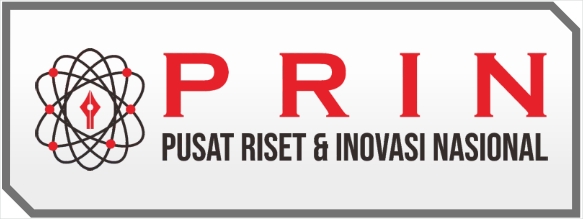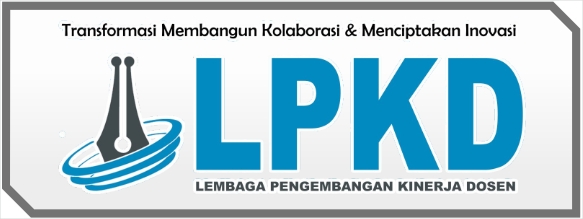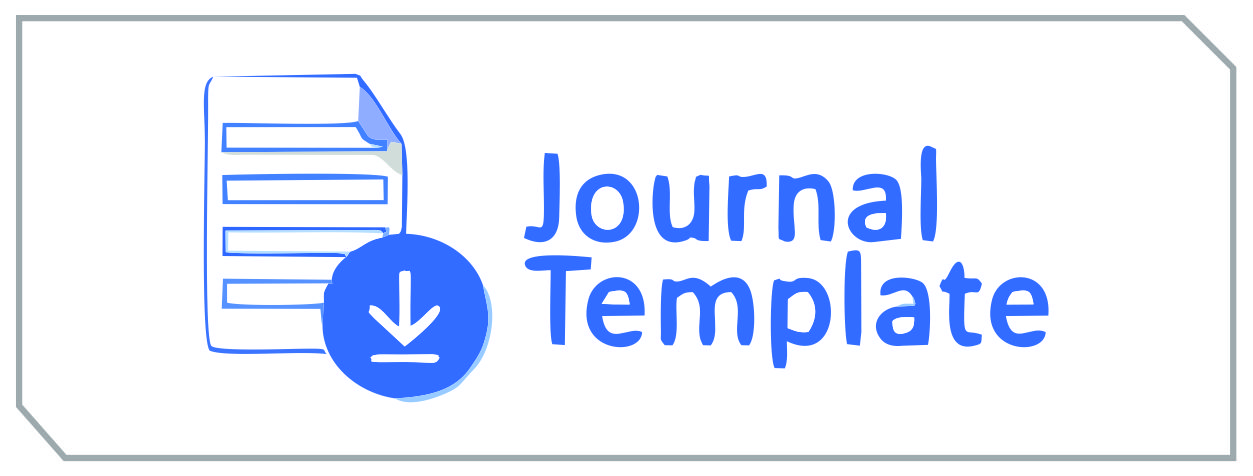Asuhan Keperawatan Kritis Pada Pasien Chronic Kidney Disease CKD Dengan Intervensi Inovasi Memberikan Nutrisi Enteral Menggunakan Metode Intermiten Feeding Untuk Mengurangi Produksi Residu Lambung di Ruang ICU RSU Kabupaten Tengerang
DOI:
https://doi.org/10.55606/jurrikes.v3i1.2676Keywords:
critical nursing, Chronic Kidney Disease, Enteral Nutrition, Intermittent FeedingAbstract
Background: Critical care developed starting from a need for patients experiencing life-threatening illnesses that could be better met if the patient was cared for in a different room. Chronic Kidney Disease (CKD) is defined as a decrease in kidney function characterized by a glomerular filtration rate (GFR) < 60 ml/min/1.73 m2 that occurs for more than 3 months (Mahesvara, 2020). Nutrition is an important part of the management of critical patients such as those suffering from advanced Chronic Kidney Disease (CKD). Providing nutrition to critical patients is to encourage the healing process. Inaccuracy in administering enteral nutrition can cause complications such as high gastric residual volume, gastric retention, diarrhea, nausea and vomiting. High gastric residues during enteral nutrition increase the risk of pulmonary aspiration which is the most severe complication of enteral nutrition. Intermittent feeding is one method of providing enteral nutrition to prevent these complications. The aim of this research is to provide comprehensive nursing care for patients with Chronic Kidney Disease (CKD). This writing method uses patient intervention and observation carried out for three days, to determine the patient's condition and provide appropriate nursing care which is then documented. Results: Based on the results of the intervention and monitoring carried out, it can be concluded that there are differences in the conditions of gastric residue production before and after the enteral feeding intervention using the intermittent feeding method. With the result criteria of maintaining nutritious food intake increases. Conclusion: In critical patients there is a slowdown in gastric emptying and intestinal motility so that if enteral nutrition is given quickly into the stomach there will be an increase in gastric residue. Nursing action as an evidence base that can be given is in the form of providing enteral nutrition using the intermittent feeding method so that the stomach can be better prepared to receive nutrition because it is given gradually, a stomach that is not completely filled will be able to digest food better and the stomach will empty more quickly, thereby reducing the risk of aspiration.
References
Almatsier. 2019. Penuntun Diet. Jakarta : PT Gramedia Utama
Almatsier, S. 2015. Prinsip Dasar Ilmu Gizi. Jakarta : PT Gramedia Pustaka Utama.
Anggraeni, A. C. 2018. Asuhan Gizi Nutritional Care Proses. Yogyakarta: Graha Ilmu.
Arsip Rekam Medik. 2019. Prevalensi Gagal Ginjal Kronik Hemodialisa Rawat Jalan di RSUD Kabupaten Sukoharjo.
Arliza, M. 2016. Prosedur dan Teknik Operasional Hemodialisa. Edisi pertama. Yogyakarta: Tugu Pustaka
Arikunto, Suharsimi, Supardi, Suhardjono. 2019. Penelitian Tindakan Kelas. Jakarta: Bumi Aksara.
Batticaca, B. Fransisca. 2018. Asuhan Keperawatan pada Klien dengan Gangguan Sistem Metabolisme. Jakarta: Salemba Medika.
Brunner dan Suddarth. 2019. Buku Ajar keperawatan Medikal Bedah Edisi 8. Jakarta : EGC.
Budiarto dan Anggraeni, 2020. Pengantar Epidemiologi, Edisi 2. Jakarta. EGC.
Cahyaningsih, Niken. 2018. Hemodialisis : Panduan Praktis Perawatan Gagal Ginjal. Jogjakarta : Mitra Cendekia Press.
Corwin, Elizabeth J. 2019. Buku Saku Patofisiologi (diterjemahkan oleh Nikhe Budhi subekti). Jakarta : EGC
Darwis D, Moenajat Y, Nur B. M, Madjid A.S, Siregar P, Aniwidyaningsih W, dkk. Fisiologi Keseimbangan Air dan Elektrolit dalam Gangguan Keseimbangan Air-Elektrolit dan Asam-Basa, Fisiologi, Patofisiologi, Diagnosis dan Tatalaksana, ed. ke-2. FK-UI : Jakarta, 2018. hlm.
Desitasari, Tri Gamya U, Misrawati. 2018. Hubungan Tingkat Pengetahuan, Sikap Dan Dukungan Keluarga Terhadap Kepatuhan Diet Pasien Gagal Ginjal Kronik Yang Menjalani Hemodialisa. Program Studi Ilmu Keperawatan Universitas Riau. Riau. 29-114.
Green, L. W dan Kreuter, M. W. 2015. Health Program Planning: An Educational and Ecological Apporach. Fourth Edition. New York: McGraw-Hill
Kamaluddin. R, dan Eva. R, 2019. Analisis Faktor-Faktor Yang Mempengaruhi Kepatuhan Asupan Cairan Pada Pasien Gagal Ginjal Kronik Dengan Hemodialisis Di Rsud Prof. Dr. Margono Soekarjo Purwokerto Staf Pengajar Jurusan Keperawatan Fakultas Kedokteran dan Ilmu-Ilmu Kesehatan Universitas Jenderal Soedirman Purwokerto. Purwokerto.
Kammerrer J. Garry G. Hatigan M. 2017. Adherence in Patients On Dialysis: Strategis for succes, Nephrology Nursing Journal.
Lumenta, Nico A. 1992. Penyakit Ginjal. Penerbit. Arcan, Jakarta
Lomeshow, Stanley. 1997. Besar Sampel dalam Penelitian Kesehatan. Yogyakarta: Gadjah Mada University
Mahesvara, I. B. G. A. et al. (2020). Prevalensi Penyakit Ginjal Kronik Stadium 5 Yang Menjalani Hemodialisis Di RSUD Bandung Periode Tahun 2017-2018. Jurnal Medika Udayana, 9 (1), 22-27. http:ojs.uned.ac.id/index.php/eum.
Downloads
Published
How to Cite
Issue
Section
License
Copyright (c) 2024 Aef Eka Saputra, Zahrah Mauilidia Septimar, Andi Setiyawan

This work is licensed under a Creative Commons Attribution-ShareAlike 4.0 International License.
















